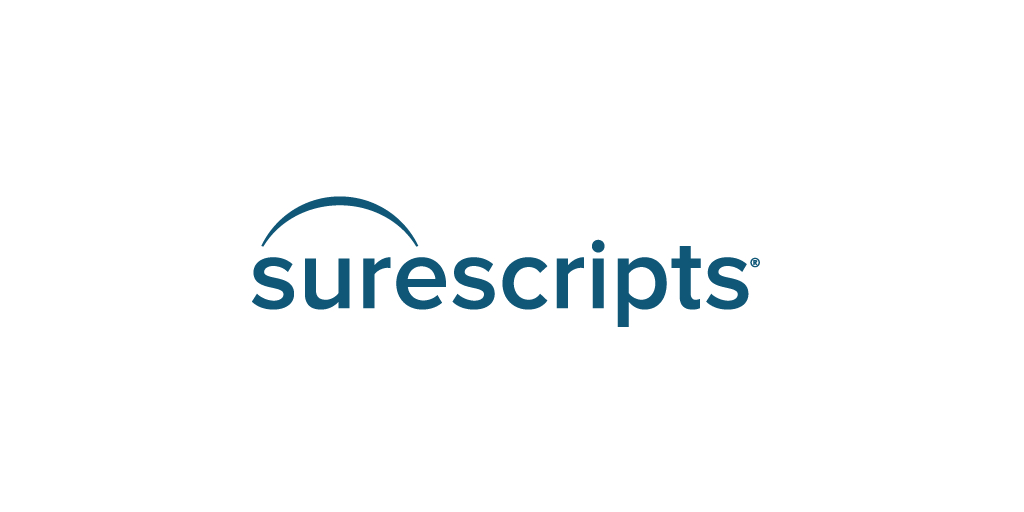
Surescripts’ 2023 National Progress Report unveils significant strides in healthcare data sharing and interoperability. With a 10 percent increase in patient data exchange compared to the previous year, the report highlights the network’s capacity to facilitate seamless information flow among 2.14 million providers, benefiting over 99 percent of the U.S. population. From addressing primary care provider shortages to empowering pharmacists in ePrescribing, the report underscores the transformative impact of collaborative technology in enhancing patient care delivery and healthcare accessibility nationwide.
Surescripts, a leading player in healthcare technology, unveiled compelling insights in its 2023 National Progress Report, showcasing a notable surge in the utilization of various patient data-sharing tools, notably its Real-Time Prescription Benefit services. This report illuminates substantial gains in interoperability across the expansive health information exchange (HIE) network, marking a remarkable 10 percent increase in patient data sharing compared to the preceding year.
The network facilitated nearly 24 billion exchanges of crucial patient clinical and benefit information, effectively linking 2.14 million providers and organizations and extending its reach to over 99 percent of the American population. Frank Harvey, the CEO of Surescripts, emphasized the significance of these statistics, stating, “The data in this year’s report shows that Surescripts and our partners across the Network Alliance remain unmatched in advancing interoperability at scale.”
However, beyond the numerical achievements lies a deeper impact on patient care and healthcare providers. Harvey elaborated on how these advancements translate into tangible benefits for patients, such as cost savings on prescriptions, mitigating provider burnout, which can impede access to care, and expediting the procurement of necessary medications.
In addition to these advancements, the report shed light on regions significantly affected by dwindling primary care provider (PCP) availability. Counties such as Hudson in New Jersey, Shelby in Alabama, and Carolina in Puerto Rico were among those grappling with worsening shortages of PCPs. Alarmingly, 62.9 percent of U.S. counties reported having fewer than one PCP for every 1,500 residents, with 196 counties lacking primary care providers altogether.
Furthermore, while there was a modest annual growth of just 1.7 percent in PCPs utilizing ePrescribing between 2019 and 2023, non-PCPs experienced a substantial 10 percent increase. Notably, pharmacists emerged as frontrunners in the adoption of ePrescribing, witnessing a remarkable 28.93 percent surge, underscoring the evolving landscape of healthcare delivery where various clinicians are assuming more significant clinical responsibilities.
Harvey emphasized the importance of empowering pharmacists and physicians to collaborate, ensuring healthcare accessibility irrespective of geographical barriers. Noteworthy interoperability highlights from 2023 included over 259,000 clinicians utilizing the Record Locator & Exchange tool, facilitating seamless access to patient records, and 2.97 billion medication histories streamlined to aid in patient medication review.
Moreover, Surescripts processed a staggering 2.5 billion ePrescriptions in 2023, including 302.9 million for controlled substances, a testament to the growing reliance on digital prescriptions. A significant portion of prescribers leveraged Surescripts’ medication pricing feature, Real-Time Prescription Benefit, resulting in substantial cost savings for patients, averaging $37 per prescription and $785 per specialty medication.
The adoption of Clinical Direct Messaging witnessed a surge, with over 880,000 healthcare professionals and organizations utilizing this secure platform for communication. Notably, Surescripts experienced a substantial 49 percent increase in electronically processed prior authorizations in 2023, accompanied by a 20 percent increase in authorizations for specialty medications, further streamlining administrative processes and expediting patient care.
